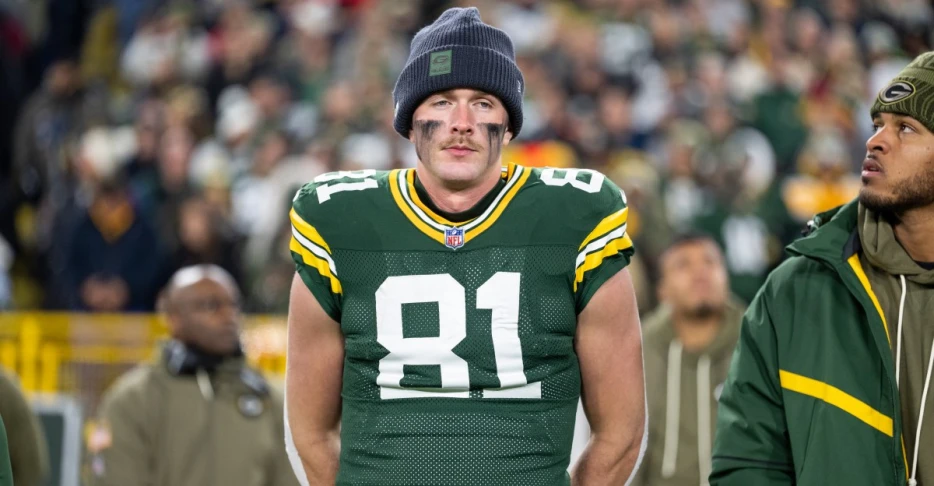
 Acme Packing Company
Acme Packing Company
One thing I like about the Green Bay Packer front office is that I know they have a big database of players and college prospects somewhere inside 1265 Lombardi Avenue, and that it is at least somewhat knowable if you know what to look for. For instance, last year I wrote a piece about how almost every Packer cornerback shares a RAS comp with Marshon Lattimore.
Kent Lee Platte’s Relative Athletic Score (RAS) database is very much the type of database I described above. It catalogues almost every prospect who joins the NFL based on their Combine and Pro Day metrics, and buckets them in certain ways, including by player similarity. I don’t think the Packers have been specifically looking to acquire Marshon Lattimore or players like Marshon Lattimore, but I do think he’s something of their Platonic ideal athletically, and so Packer corners just happen to share traits with him.
The Packers also have a type at tight end, where, two years ago, they drafted both Luke Musgrave and Tucker Kraft, and well, take a look.
It is important to stress upfront, first, that it doesn’t exactly take a genius to target tight ends that are “kind of like Travis Kelce,” and also that RAS comparables are not even close to destiny (obviously, just look as Musgrave). A lot more goes into becoming an NFL superstar than what happens in jockeys at the combine; however, it does help to identify the bucket of players that might become a certain type of star, which brings us to Josh Whyle.
Here is Josh Whyle’s RAS card.
It’s pretty good! Especially considering the average RAS of a 5th-round tight end over the last five years is 7.43. Getting 9-level athleticism that late is a very good value! (For reference, over the last five drafts, first-round TEs average a RAS of 9.65, followed by 9.05 in the second, 8.8 in the third, and 7.5 in the fourth.) And while it wasn’t the Packers that drafted Whyle, I don’t really trust the Titans to do much of a job on self-scouting. If anything, it’s a mark in his favor. But also, check out these RAS comps:
I’m very interested now.
At Cincinnati, Whyle was never the primary option, which isn’t uncommon for tight ends. Still, his lack of volume is a mark against him, as drawing targets is definitely a skill. That said, averaging over 12 yards per reception for a tight end in college is pretty difficult! It’s basically what Luke Musgrave did in the rare instances when he wasn’t hurt. Truly elite TEs tend to settle around 14, but 12 is good.
Whyle also had some, let’s say, weird college maturity/health issues. Here’s a snippet from a piece in The Athletic by Josh Williams, in 2020:
“*But the hype train broke down before it got moving. It started with a broken collarbone during his first week of fall camp that required surgery and sidelined Whyle for most of his true freshman season....